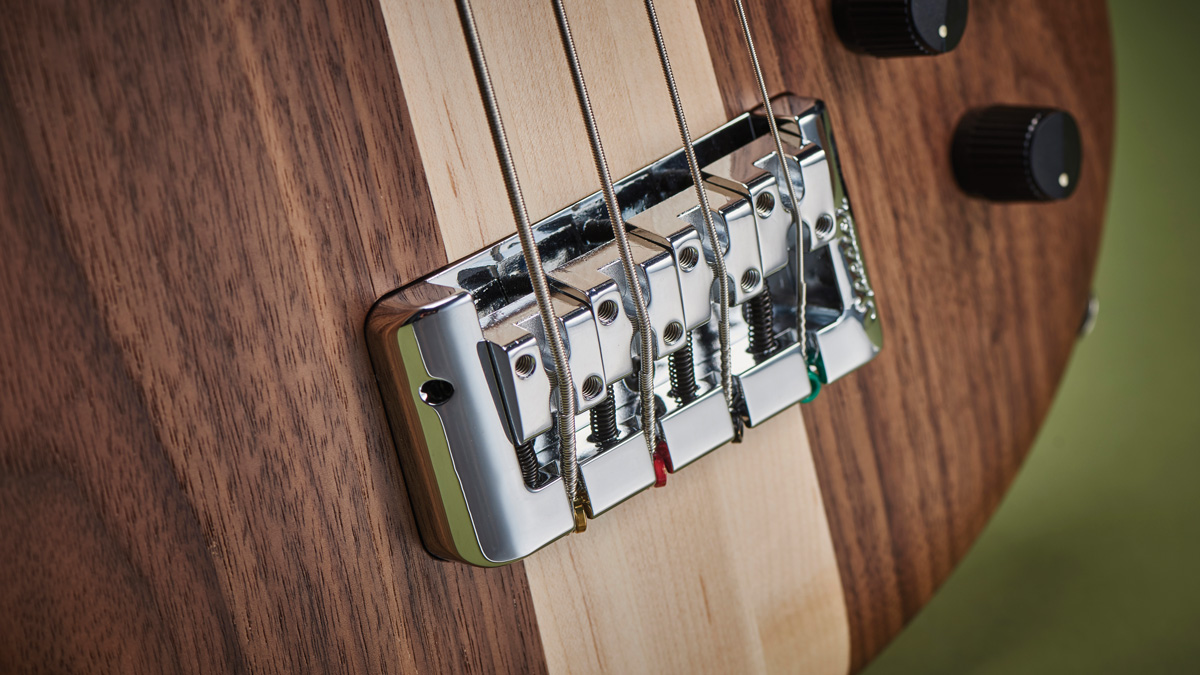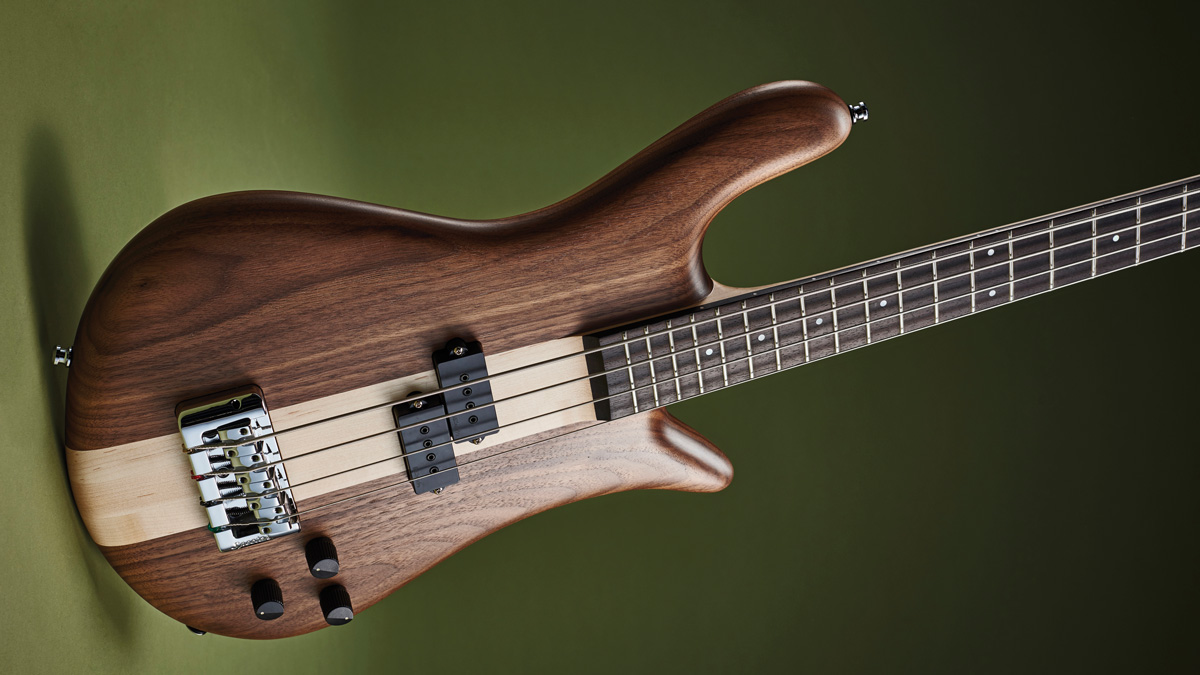MusicRadar Verdict
A flawless reissue of a pioneering design... but life isn’t about looking back.
Pros
- +
Tones, neck feel, incredible design and performance.
Cons
- -
Pricey.
MusicRadar's got your back
In the musical instrument business, as with the music and film industries, creativity has been replaced - to an extent - by a tendency to look backwards for quality.
We won’t buy a £6.99 CD by a new band, but we’ll pay £100 for a classic album reissued as a box set. We won’t go and see a new film in the cinema, but we’ll queue up to see a remake of an old movie. What’s the TV show of the moment? Stranger Things, a loving homage to the 1980s. And when it comes to bass guitars, we’re happy to wallow in nostalgia, hence the popularity of classic road-worn or aged gear.
On a related note, here’s a beautiful replica of a 1977 Spector, released four decades after the release of the original NS-1 model and available at a wallet-crushing price in strictly limited quantities. So how does this new old bass play?
Build
You may be familiar with the story of the original NS-1, the bass named after its designer Ned Steinberger (yes, that Steinberger), who came up with the idea of a curved-body bass to allow for maximum player comfort.
Spector launched the bass in 1977, following up in ’79 with a two-pickup model called the NS-2, and 40 years later the company has a ton of amazing instruments on the market, over 700 endorsing bassists and an assured place in history.
This bass, a Euro four-string manufactured in the Czech Republic, is your chance to own what is effectively a slightly beefed-up NS-1, assuming that approximately two and a half grand of your taxed income is lying around and doesn’t need to be spent on your mortgage/car/children/beer.

Pick it up and you’ll be instantly in love with the thing, assuming four strings, a through neck and a single pickup add up to form your preferred con figuration. It’s flawless. The rear of the body is insanely comfortable, whether your midriff resembles a six-pack or a party keg, and the neck hits the point between slippery and solid that you dream about if you’re as much of a nerd about this stuff as we are.
Want all the hottest music and gear news, reviews, deals, features and more, direct to your inbox? Sign up here.
Through necks aren’t for everyone, granted, but you have to love the seamless no-join between neck and body, making the instrument feel essentially like a single chunk of wood with a fingerboard and chunky brass nut glued to it.
The DiMarzio Model P pickup is the same as the one Steinberger used back in ’77, but the firm have added an active Tone Pump tone circuit for extra boost at top and bottom. The only other major difference between this bass and the now-fairly-ancient original is the new bridge, a lightweight zinc brass alloy job that feels totally muscular. So far, so very, very good indeed.
Sounds
We’ve always loved the wacky angles of the control pots on Spectors because they’re almost deliberately designed to be fun rather than serious. Spin the dead simple volume, bass and treble pots as you wish, you won’t get into trouble; the instrument’s natural, at tone is the pure, middy sound that Spectors have always delivered, modulated here by plenty of thump and crackle at either end.
The sustain is highly respectable, of course, and if you roll on the bottom frequencies without losing the treble completely you’ll land on a huge, bell-like sound of great resonance. It’s like having your cheek stroked. Conversely, push the upper mids and lose the bass and you’ll find a jagged, clattery sound that is like having your forehead punched.
The neck is super-playable, almost asking you to execute legato runs and give your picking hand a rest. The surface of the back of the neck is the instrument’s real strength, permitting effortless movement while you dig in - which, given the lack of a neck ramp, you can really do.
The neck is super-playable, almost asking you to execute legato runs and give your picking hand a rest
Slappers will love the fact that you can get right under the strings, while tapping is made easier than usual for the non-Billy Sheehans among us with a sympathetic string spacing and action, plus a fingerboard that bounces strings right back at you, it seems.
What a fantastic bass, as it damn well should be at this price point. We couldn’t find a thing wrong with it. Our only slight whine is that for your £2500, you could look forward into the evolution of bass technology and invest in an innovative instrument, rather than choosing to look backwards to an old, if also wonderful, one.
Too much relentless nostalgia isn’t a good thing, we feel, if this industry is to progress. Then again, the instrument under review is one of the best we’ve played in years, so what do we know? Only you can decide if going back or forward will suit you best. We just work here...
